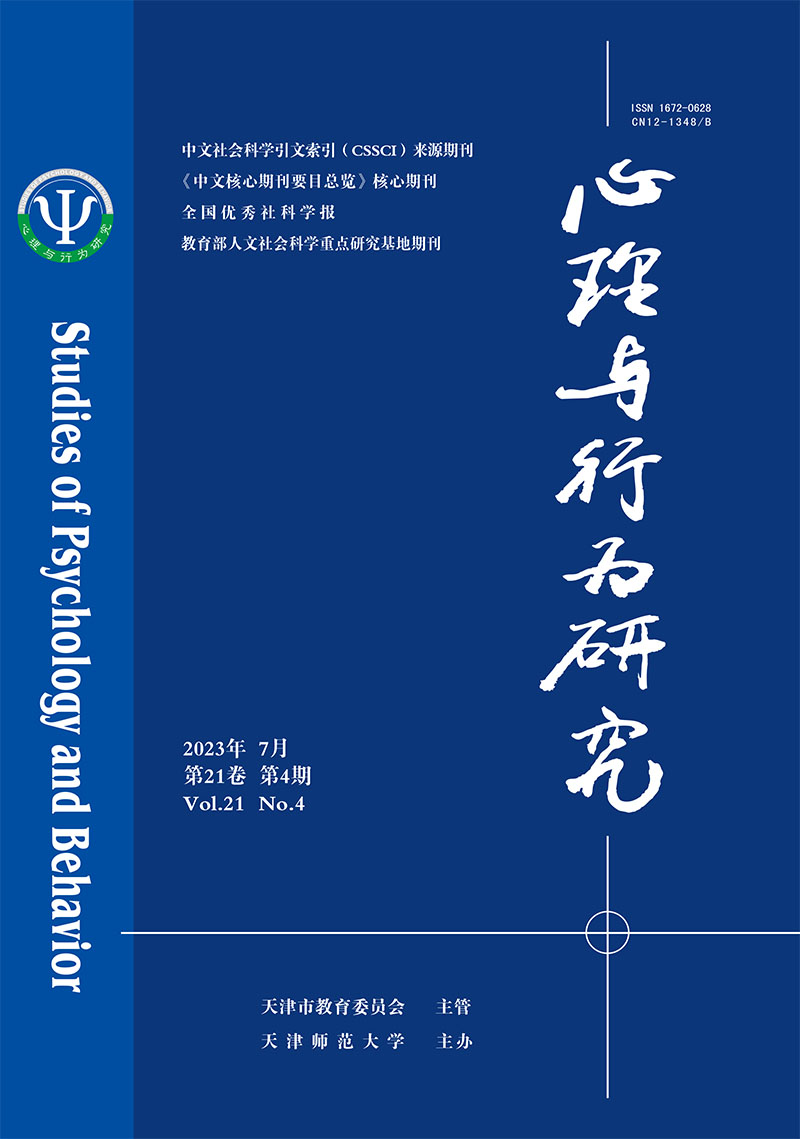The current research developed a scale of people’s perception of social risk as the existing measurement tools can only partially reflect the potential risk of society and lacking the overall reflection at the level of the whole society. The initial scale was formed and the structure of people’s social risk perceptions was determined through literature review, expert assessments, and surveys. The formal scale of people’s social risk perceptions was formed through item analysis, exploratory factor analysis and confirmatory factor analysis. The final scale had 30 items and 10 dimensions which included network security, housing stress, pension, open government, regional disparity, health, education, social interaction, ecological environment and job security. The internal consistency reliability, content validity, construct validity and criterion related validity of the scale meet the criteria of psychometrics standards, and the People’s Social Risk Perception Scale is suitable for the measurement of people’s social risk perception in China which provides a scientific basis for social risk assessment, early warning and intervention.

